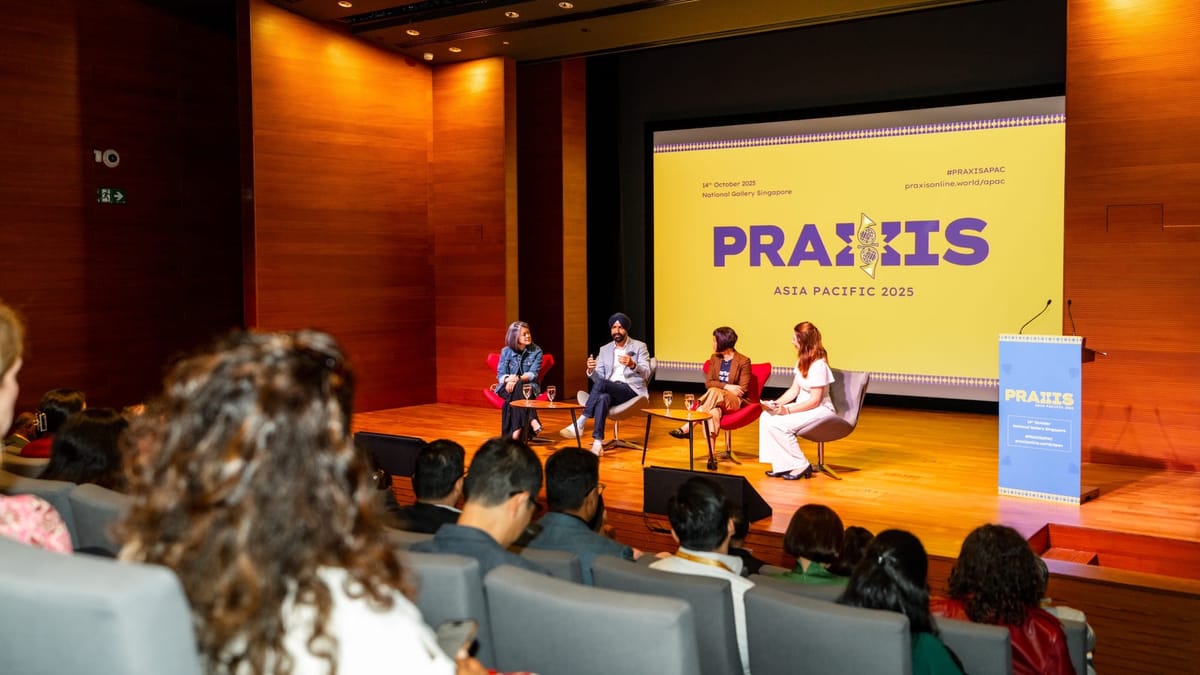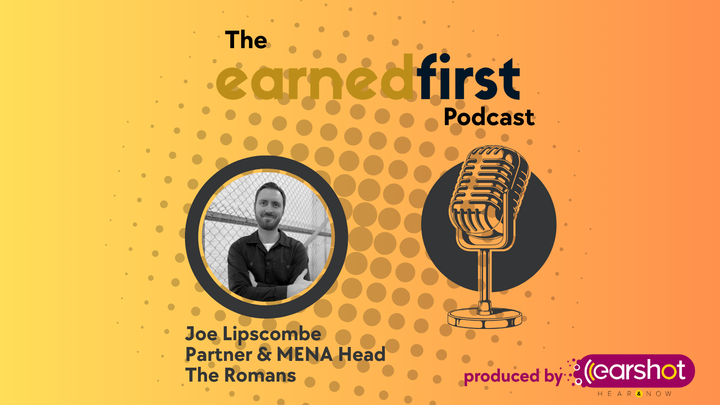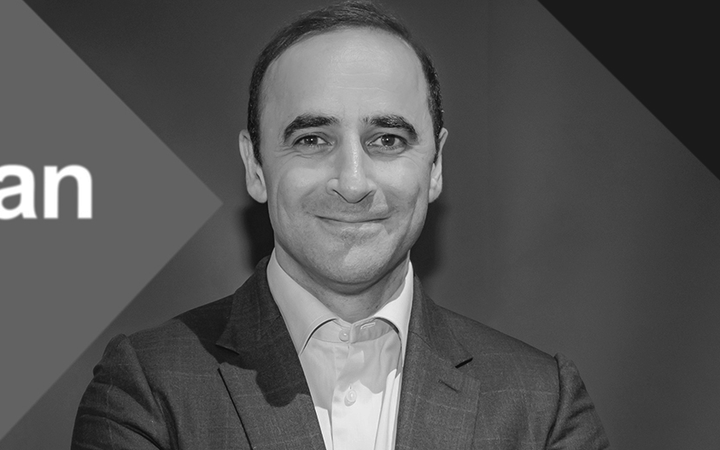PRAXIS A-P: "Earned media's currency is credibility"
As cultural fragmentation collides with AI-driven content pollution, communications leaders at PRAXIS argued that credibility now demands more empathy, cultural intelligence and independent voices.

With more than 400 AI-generated images created every second, communications professionals confront an unprecedented credibility challenge: fake CEO portraits, fabricated financial documents, and synthetic content that can upend corporate reputation overnight — all while navigating a splintered influence landscape that fragments messaging strategies across markets.
But, at PRAXIS Asia-Pacific in Singapore earlier this week, Bytedance Asia communications head Puneet Pal Singh asked the industry to consider credibility as earned media's core currency, and should be wielded as such. "What you can buy with it is trust, what you buy is belief. Are there enough people that you can convince about your credibility that are willing to defend your brand when you're not? That's employee sentiment and engagement. That's your repeat customers. That's your net promoter score," he added. "That's your people standing up for you in rooms where you are not present."
To do that, says LinkedIn Asia and Japan communications head Alisa Chopard, a combination of empathy and intelligence is crucial as the influence landscape changes. "I think that empathy is a very, very important skill, because it helps us listen to what our consumers, our stakeholders are saying, understand their concerns, their challenges, and then respond in a way that addresses that," she contended. "That's how you come across as authentic."
"I think we need to take a step back and detach the AI piece from the credibility piece," added Singh of Bytedance. "When you think of the profession, the things that define our credibility haven't changed. At the end of the day, we build, enhance and protect reputations. That's the job. What you say has to be factually correct. How you deliver has to be relevant to your audience. Then, how the company shows up and what you say is what defines your credibility. That will never change."
However, ensuring your organisation sounds and behaves in an authentic and credible manner is especially challenging in a region like Asia, argued panel moderator Isabel Demaude, head of executive training and development at The Hoffman Agency. "Asia-Pacific is a landscape, but it's 50 countries or so within this region, all with very different beliefs, cultural systems, religious systems, etc. And so we know that when we're trying to build credibility in Asia-Pacific, it's going to look very different no matter where you can go," she explained.
Despite being such a heterogenous region, Lenovo Asia-Pacific communications leader Stephanie Yu advocated for consistent messaging to ensure authenticity and build trust. "(Companies must ensure) their messaging has a certain consistency to really make sure our limitations are viewed and received consistently across the board," she added.
While tightly controlling the content pipeline and using your own channels to deliver it to your stakeholders might have its advantages, the market is moving away from this linear approach, said Chopard of LinkedIn. "I think that we are seeing a shift where people are starting to rely more on other people, their opinions, their insights," she said. "I think the question then becomes, how do we utilize community voices, experts, creators to sort of champion our brands for us?"
Singh believes this shift is reshaping earned media, even as people contend with skyrocketing rates of content delivery. "You have to earn the credibility through third party, independent voices… I definitely haven't had this discussion earlier."




Comments ()